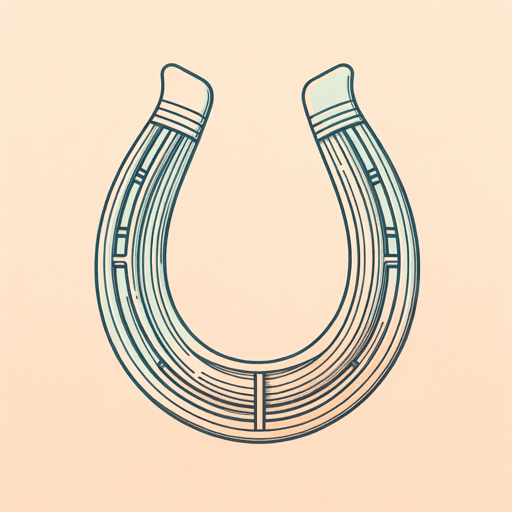71 pages • 2 hours read
Geraldine BrooksHorse
Fiction | Novel | Adult | Published in 2022A modern alternative to SparkNotes and CliffsNotes, SuperSummary offers high-quality Study Guides with detailed chapter summaries and analysis of major themes, characters, and more.
Background
Historical Context: Thoroughbred Racing in America and the Ignored Legacy of Black Contribution
Thoroughbred turf racing in the 19th century, especially in the American South and particularly in Kentucky, held tremendous popularity among the gentry. For the owners and breeders of the most notable and decorated horses, the opportunity to be ushered into the winner’s circle came with it the admiration and jealousy of their peers, a raise in status, and the accumulation of substantial prize money.
Maintaining the optimal health and conditioning of a top racehorse requires significant attention, diligence, and effort. The Black men who cared for, trained, conditioned, jockeyed, and often bred these horses on behalf of the white Southern elite were mostly enslaved, while some were emancipated and chose to work for pay or racing profits. Many Northerners who sought to join the Southern racing circuit, like the novel’s Richard Ten Broeck, took advantage of the laws permitting enslavement when pursuing their horseracing related interests.
Without these Black men, Thoroughbred racing in America would not have achieved its notoriety and level of excellence. They held the expertise required to discern whether a horse was injured, colicky, exhausted, or otherwise in need of intervention or scratching from a race. They had the talent to devise training and conditioning programs uniquely suited to each horse, as well as the insight and intuition to discern how best to use the horse’s energy reserves to defeat their opponents, even while riding at full speed.
Related Titles
By Geraldine Brooks

Caleb's Crossing
Geraldine Brooks

March
Geraldine Brooks

Nine Parts of Desire: The Hidden World of Islamic Women
Geraldine Brooks

People of the Book
Geraldine Brooks

The Secret Chord
Geraldine Brooks

Year of Wonders
Geraldine Brooks

